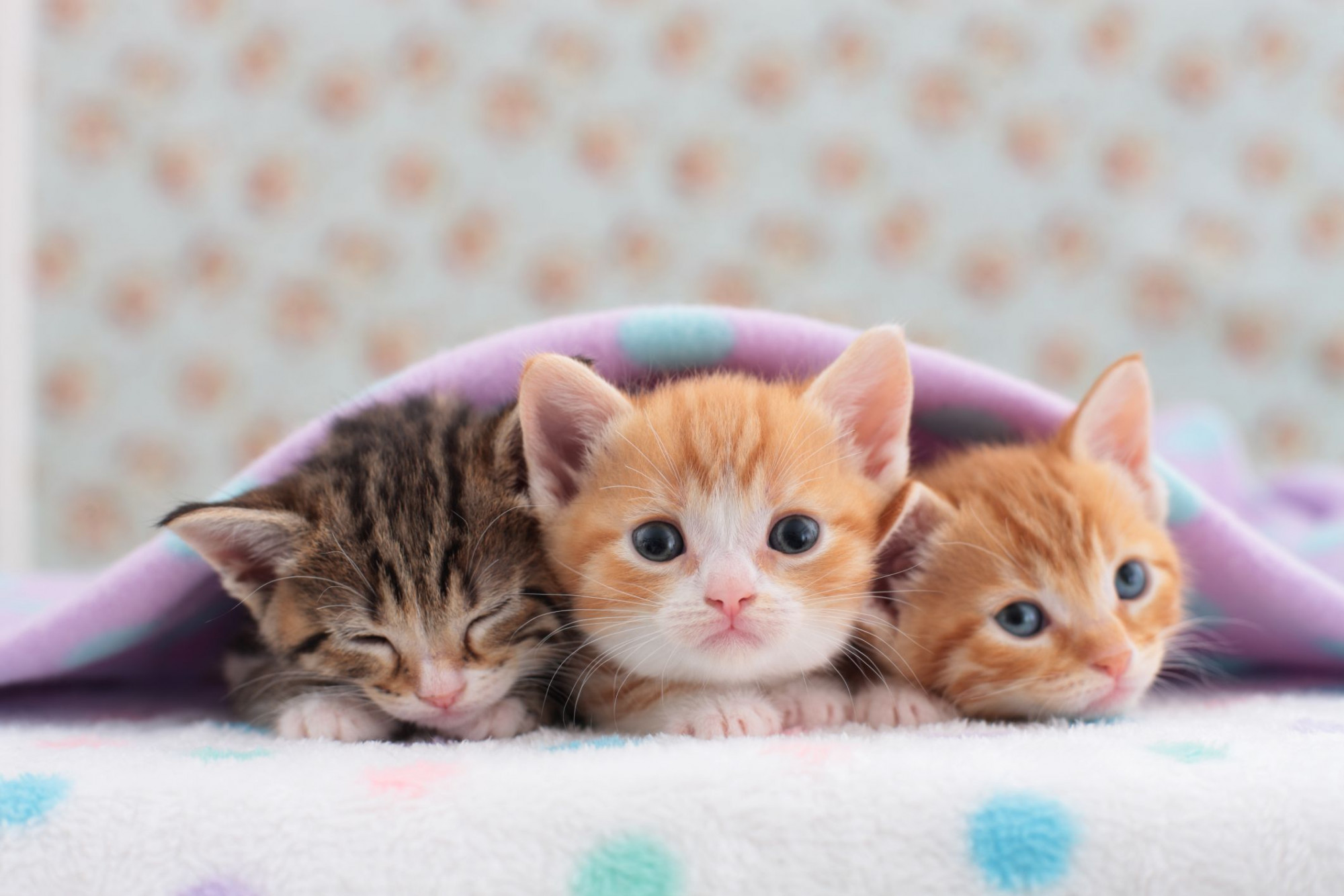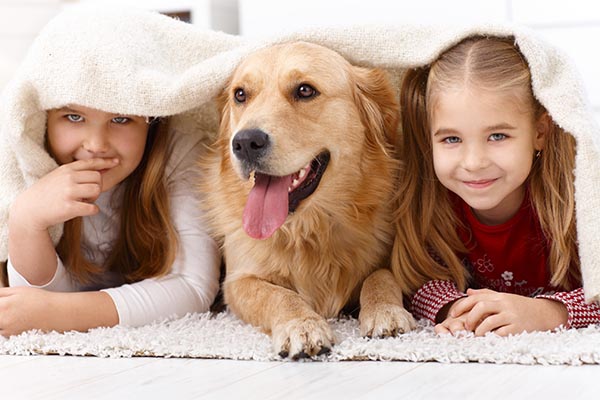Detailed Guide for Transporting Pets from Hue to Manila
Transporting your pet from Hue, Vietnam, to Manila, Philippines. Requires careful planning and adherence to various international regulations to ensure the safety and well-being of your pet. Here is a detailed step-by-step guide to help you through the process.

Preparing Required Documents
Pet Passport:
A pet passport is essential for international pet travel. This document includes important details such as your pet’s name, breed, date of birth, and microchip number (if applicable). It also contains vaccination records and other necessary health information.
Health Certificate:
- A Health Certificate from a licensed veterinarian is mandatory and must be issued within 10 days of departure. This certificate confirms that your pet is healthy and free of contagious diseases. It must be signed by a veterinarian from an authorized veterinary service, such as Vietnam’s Department of Animal Health.
Rabies Vaccination Certificate:
- The Philippines requires a Rabies Vaccination Certificate for all pets entering the country. Your pet must have received the rabies vaccination at least 30 days before but no more than 12 months before your travel date.
Import Permit:
- You must apply for an Import Permit with the Bureau of Animal Industry (BAI) in the Philippines. This document authorizes the importation of your pet. The permit is typically processed within a few days after submission.

Choosing the Right Airline
Airlines’ Pet Policies:
Each airline has different rules regarding pet transportation. You should contact your airline ahead of time to confirm their pet travel policies, including the cost, allowed pet size, and travel mode (cargo or in-cabin). Some common options include:
- In-Cabin Transport: Small pets (usually under 8 kg, including the carrier) may be allowed in the passenger cabin. The pet must be placed in an airline-approved carrier that fits under the seat.
- Cargo Hold: Larger pets must be transported in the cargo hold. Cargo hold transport is temperature-controlled but can be stressful for pets. You need to ensure the pet is comfortable in its crate.
Pet Crate Requirements
IATA-Compliant Crates:
The International Air Transport Association (IATA) has strict guidelines for pet crates to ensure safety. The crate must be large enough for the pet to stand, turn around, and lie down comfortably. It must also be well-ventilated, secure, and include bowls for water and food. The crate should be clearly labeled with your contact information and marked as containing a live animal.
Veterinary Preparations and Vaccinations
Before traveling, schedule a check-up for your pet with a licensed veterinarian to confirm that it is healthy and fit for travel. In addition to rabies, make sure your pet is vaccinated against other common diseases like Parvovirus and Canine Distemper for dogs or Feline Rhinotracheitis for cats. Keep these vaccinations up-to-date and carry the records with you.
Airport Procedures and Pet Check-In
- Arrive Early: Arrive at the airport early to ensure there is enough time for check-in and for your pet to undergo any necessary health and security checks.
- At Manila Airport: Upon arrival in Manila, your pet will be subject to further inspection by BAI officers at the port of entry. They will check the health certificate and vaccination records. If everything is in order, your pet will be cleared for entry.
Import Regulations in the Philippines
Entry Inspection and Quarantine:
- Most pets are not required to undergo quarantine as long as all paperwork and vaccinations are in order. However, if there is any irregularity, your pet may be subject to quarantine at a government-approved facility. It’s best to confirm these regulations with the Bureau of Animal Industry prior to your travel.
Costs and Pet Transport Services
Cost Considerations:
- The cost of transporting a pet includes airline fees for carrying animals, crate costs, veterinary fees for check-ups and certificates, and possible fees for import permits and inspections. Cargo fees for larger pets can vary depending on the airline and the distance traveled.
Pet Transport Companies:
If you prefer professional assistance, there are international pet transport companies that specialize in organizing every step of the journey, including documentation, booking flights, providing appropriate crates, and handling airport logistics. While this service can be more expensive, it ensures that all regulations are followed, minimizing the stress of travel.
Final Considerations
- Stay Updated: It’s important to stay updated on the latest regulations for both Vietnam and the Philippines regarding pet travel, as they may change frequently.
- Preparation for Your Pet: Ensure that your pet is familiar with its travel crate before the journey. This will reduce stress during the trip. Also, provide food, water, and comfort items such as a blanket or toy.
- Health Check on Arrival: After reaching Manila, consider having your pet checked by a local veterinarian to ensure that the journey did not affect their health.
By following these guidelines and ensuring that you have all necessary documents and preparations in place, your pet’s journey from Hue to Manila can be smooth, safe, and stress-free.
More posts you might be interested in:














